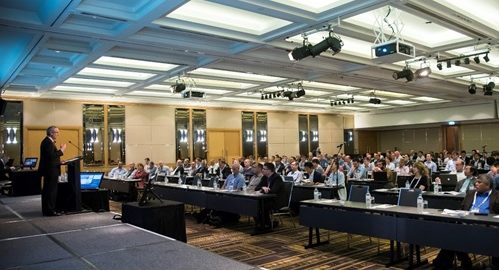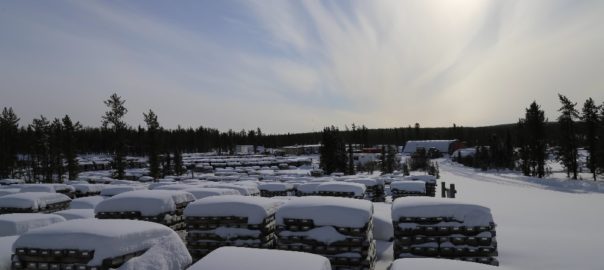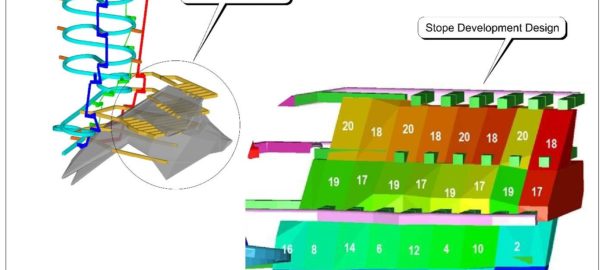The organisers of ALTA are gearing up to welcome the international metallurgical community to Perth, Western Australia, with the annual conference now just a month away.
ALTA has developed a reputation as a leading technical metallurgical-oriented event, attracting senior industry representatives from around the globe. The conference had a record attendance last year and is hoping to hit new heights in 2019.
ALTA 2019, to be held on May 18-25 at the Pan Pacific Perth, promises to continue the tradition of delivering high-quality technical content for professionals from the metallurgical and related sectors, the organisers said.
Conference Founder and Chair, Metallurgical Consultant Alan Taylor, said: “For the past 23 years, this event has provided a dynamic forum for sharing ideas, innovations, technologies and projects. Both ALTA and the industry have come a long way since our first conference in 1995, but our focus on the importance of metallurgical innovation remains the same.”
The emphasis of the program is practical rather than academic, and the themes running through the conference are the various aspects of technology and project development. “Each session has been carefully crafted to provide the best value for delegates and includes an insightful and authoritative keynote address,” the organisers said.
Taylor said: “Over many years, the conference has evolved to meet the demands of the industry. For example, in recent years, the program has been expanded to include the current hot topics of lithium processing, and in-situ recovery (ISR) and to reflect the rapidly developing field of battery metals.”
The event now incorporates separate dedicated sessions for nickel-cobalt-copper, uranium-rare earths, gold-precious metals, ISR and lithium processing.
The organisers said: “Panel discussions and Q&A are a major highlight of ALTA events, providing a unique opportunity for knowledge sharing, discussion and debate with highly-experienced professionals. Following the conference, detailed notes are published for the benefit of the wider industry and are provided via the ALTA Free Library.”
The signature nickel-cobalt-copper combined sessions are spread over three days, encompassing segments on battery metals, laterite processing, leaching process development and other key topics. The highlight of the sessions is the Pressure Acid Leaching (PAL) Forum and Panel Q&A, which acknowledges the 20th anniversary of the commissioning of the landmark Bulong, Cawse, and Murrin Murrin nickel-cobalt PAL projects, according to the organisers.
The uranium-REE sessions, organised in co-operation with the International Atomic Energy Agency (Austria), for the fifth year, are held on May 23. They feature a Developments in IX Forum and Panel Q&A.
ALTA has partnered with Curtin Gold Technology Group (Perth) for the Gold-PM sessions, also on May 23, with The Forum and Panel Q&A focussed on fit-for purpose leaching systems, ALTA’s organisers said.
On the final day of the conference, the ISR sessions will run in parallel with the lithium processing sessions, each offering its own panel discussion, “providing a rare opportunity for open discussion and debate”.
The ISR sessions are organised in partnership with CSIRO (Perth), which will lead the Forum and Panel discussion on Enhancing ISR Permeability. The Novel Lithium Processes Forum and Panel Q&A is already attracting international interest, according to organisers.
By popular demand, this year’s ALTA will also introduce additional flexibility for attendees by including single-day and corporate shared registrations options, the organisers said, on top of a short course program. The latter three practically-oriented short courses are presented by Alan Taylor, who draws from his extensive first-hand experience gained in 40-plus years with major engineering firms and as an independent consultant.
“The courses, a valuable introduction for newcomers and a useful refresher for old hands, typically attract a highly-international audience,” the organisers said, adding that the 2019 courses cover nickel-cobalt laterites, copper SX/EW and heap leaching of copper, gold, uranium and nickel.
The organisers said this year’s exhibition area has been expanded to meet increased demand, with the floor boasting Australia and international exhibitors.












